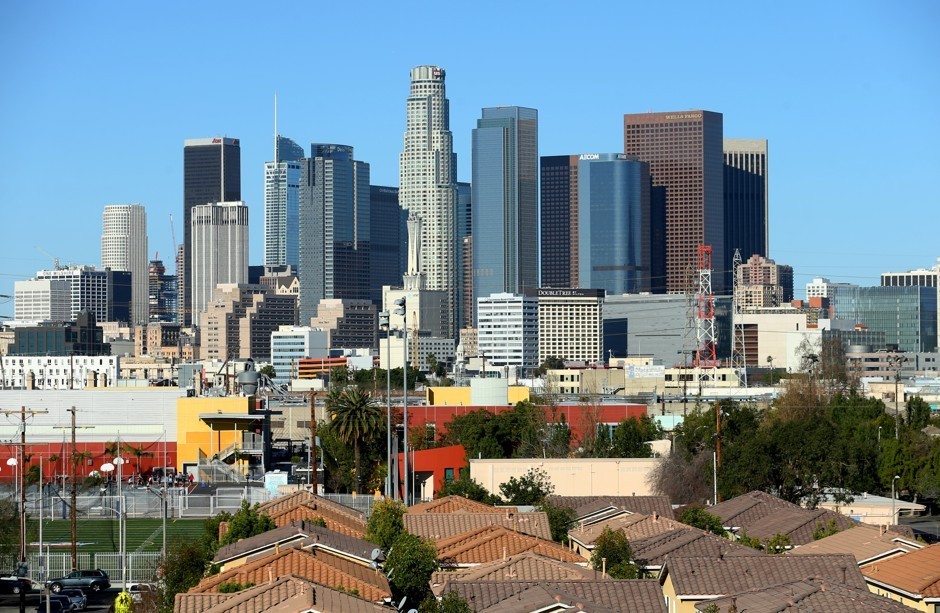
But according to a report released today by urban housing economist Issi Romem of Buildzoom, many urban cores are actually developing and densifying. And lots of housing continues to get built at the suburban periphery. Romem argues that America’s real housing problem—and a big part of the solution to it—lie in closer-in single-family-home neighborhoods that were built up during the great suburban boom of the last century, and that have seen little or no new housing construction since they were initially developed.
In the past, virtually every patch of land in the metropolitan U.S. continually sprouted new housing, but this is no longer the case. In recent decades, residential construction has become increasingly confined to the periphery of American metro areas, while a growing swath of the interior has fallen dormant and produces new homes at a negligible pace. At the same time, a tiny fraction of the land area, scattered in small pockets throughout the metropolitan landscape, is responsible for a growing share of new home production, primarily in large multifamily structures.
The following maps show the evolution of this process across Greater Los Angeles over the past half-century or so. On the maps, light blue represents areas of new single-family construction; orange indicates areas of medium-density developments, of two to 48 units; red shows areas of large multifamily construction, of 50 units or more; and dark blue indicates virtually no construction at all.
There is a still a great deal of light blue on the second map, which covers the years 1960 to 1980, and shows these same crabgrass suburbs but stretching out farther into the periphery. There are small specks of red near the urban center, and somewhat larger areas of orange stretching out from the core.
But in the 21st century, the pattern changes dramatically. Now the great bulk of the map is dark blue, dominated by vast swaths of no construction. More than half of LA’s built-up areas have hosted no new housing construction this decade. While most urbanists complain about land-use restrictions in the urban core, and urban NIMBYs, there are considerable areas of red and orange in Downtown L.A., Hollywood, and large parts of the Westside and the San Fernando Valley. The areas with no new housing tend to envelop large swaths of older, closer-in suburbs. From this map, restrictive land-use policies and NIMBYism appear to be more a problem of the old crabgrass suburbs than of the inner city.
The reality is that most of the housing stock and most of the land area of America’s metros is made up of relatively low-density suburban homes. And a great deal of it is essentially choked off from any future growth, locked in by outmoded and exclusionary land-use regulations. The end result is that most growth today takes place through sprawl.
While urban densification can house some people—mainly affluent and educated ones—the bulk of population and housing growth is shifted farther and farther out to the exurban fringe. That leads to more traffic and longer commutes, and the social and environmental consequences that flow from them, as this old suburban-growth model is stretched beyond its limits.
“The dormant suburban sea is so vast that if the taboo on densification there were broken,” Romem writes, “even modest gradual redevelopment—tearing down one single-family home at a time and replacing it with a duplex or a small apartment building—could grow the housing stock immensely.” Many of these suburbs are located relatively close to job centers or along major transit lines. They are the natural place to increase density.
The great cities of the 21st century not only need more density in the urban core, but more distributed density—the kind of continuous density that allows great global cities like London, Tokyo, Paris, and New York to scale and accommodate larger and larger populations without shifting their footprints ever farther outward. For future-oriented cities, the cranes we see dotting the downtown skyline may be only the beginning.
Avots: Citylab